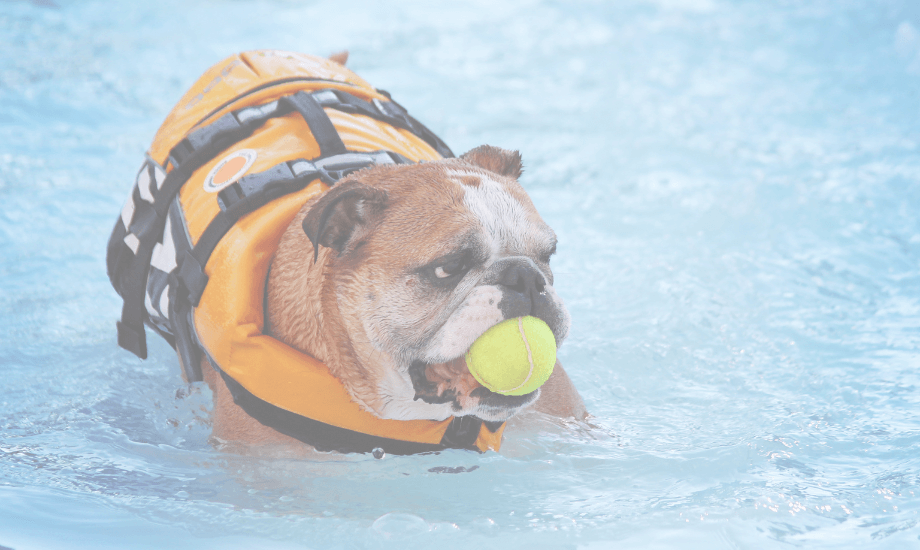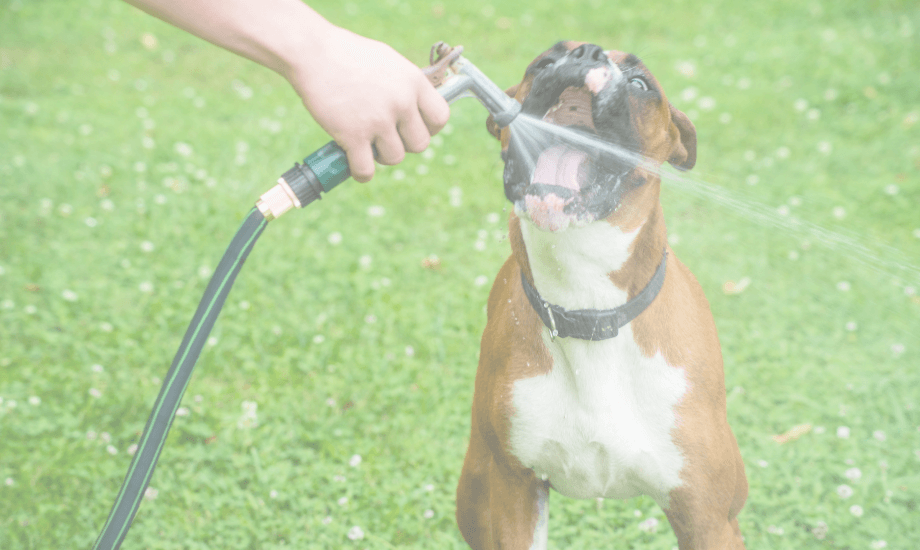There’s nothing better than a greeting from a happy dog with a wagging tail when you get home. So if that wagging tail disappears, you’re going to worry. If that describes your dog, the problem might be the limber tail. This condition can be caused by activities like swimming. Read on to learn what this condition is, how it happens, and how you can treat it.
❓ What is a limber tail?
Swimmer tail or water tail – is the non-fancy name for acute caudal myopathy. The condition affects the muscles at the base of the tail and causes your dog’s tail to hang limp between the legs. The condition can make it painful for your pup to move around.
🌊 What causes limber tail?
Swimmer tail was first identified in 1997, and not much is known yet about what causes the disease. Working and hunting dog breeds and dogs who swim are at about five times the risk of getting the disorder.
There are a few possible causes for swimmers' tail:
- Cold weather.
- Swimming in cold water.
- Confining dogs in small places.
- Overexertion, in particular from swimming.
🐶 Does my dog have a Swimmer tail?
The good news is that the limber tail is easy to identify. The clearest symptom that your dog has swimmer's tail is their tail hanging limply. If your dog has this condition, they won’t be able to move or wag their tail as they normally would.
Here are a few other signs of limber tail:
- Trouble walking or standing.
- Issues with balance.
- Reluctance to poop or go outside.
- Hard time getting comfy when lying down.
- Whimpering or other vocal pain signs.
🐕 How to prevent limber tail
Even if much isn’t known about swimmers' tails, you can still do a few things to help prevent it.
Don’t let chilly weather keep you from taking your dog out for walks and exercise. Staying active is key to keeping your pup’s mind and body healthy. But make sure that once a walk is done, you get your bud warm and dry quickly if you need to
💊 Treating tail
If you suspect your dog has limber tail, pay a visit to your vet. First, you’ll want to make sure your dog doesn’t have a different injury like a tail fracture, anal gland inflammation, or osteoarthritis. Your vet might want to take an x-ray to check the bones, and/or do a blood test to look for signs of muscle damage.
You have a few options for treating swimmers tail. Your vet might prescribe anti-inflammatory drugs that can help your pup recover. At home, you can use warm packs at the base of your dog’s tail to help relieve pain and speed up healing. And most of all, you can help your dog recover with rest.
🧊 #DYK?
And as you go further north, swimmers tail becomes more common. For every degree further north you go in latitude, cases of limber tail increase.
Ease back into your pup’s usual activities slowly. In a couple of weeks, they should be back to their regular tail wagging!

Stay healthy, stay happy, stay curious #healthygang!
Lots of love,
- The healthybud team
DISCLAIMER: The information presented here is not meant to replace your vet’s advice or prescribed medications, but only to suggest additional options to explore, based on your dog’s condition.
Support your best bud’s health with high quality, healthy foods and treats you will both feel great about. Visit the healthybud website now to learn more about our products and subscription options.








